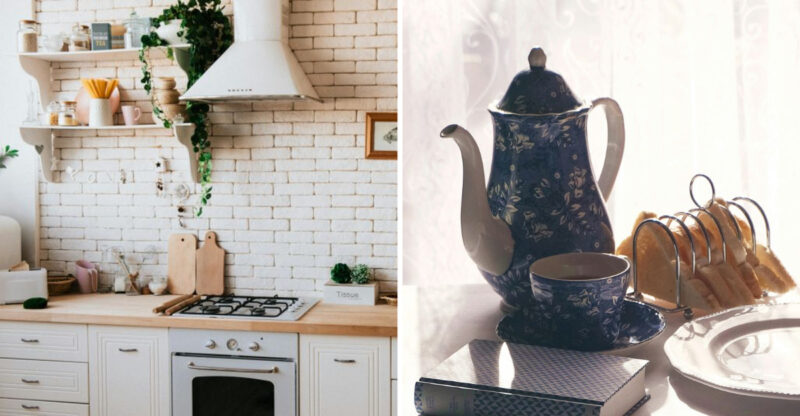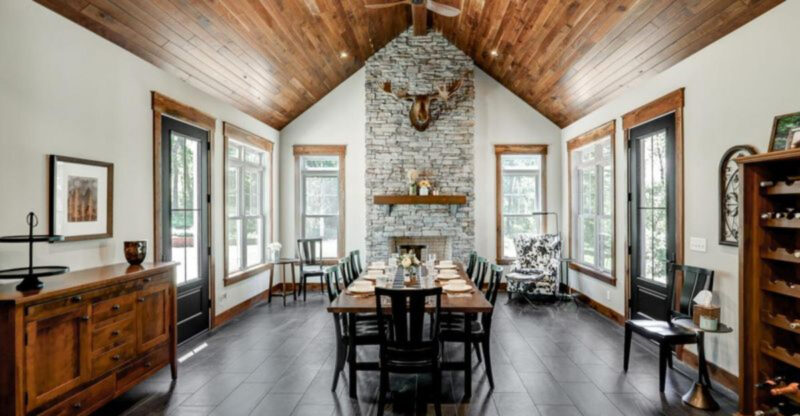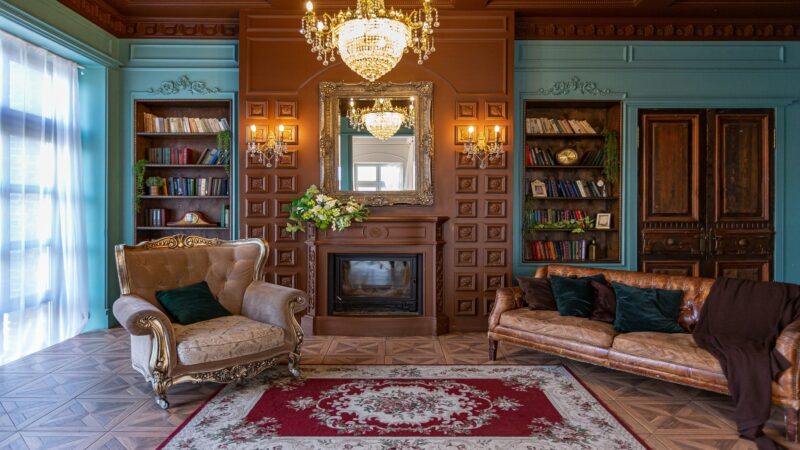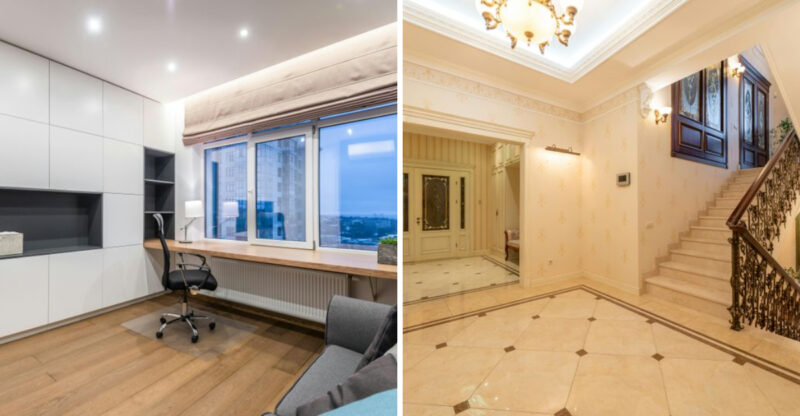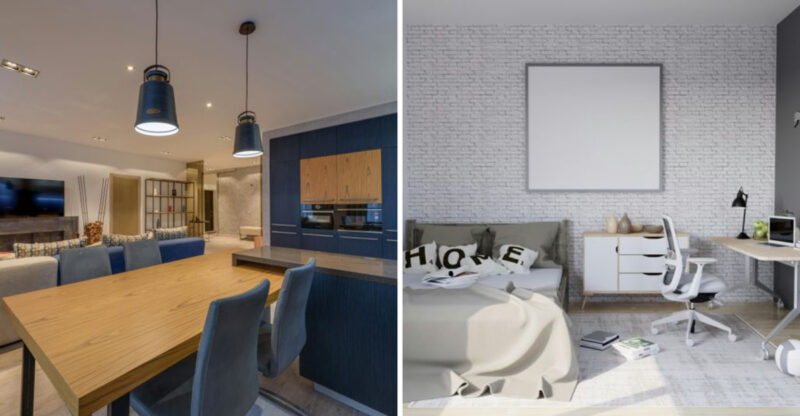15 Ways To Decide Whether Minimalist Or Maximalist Decor Might Suit Your Home
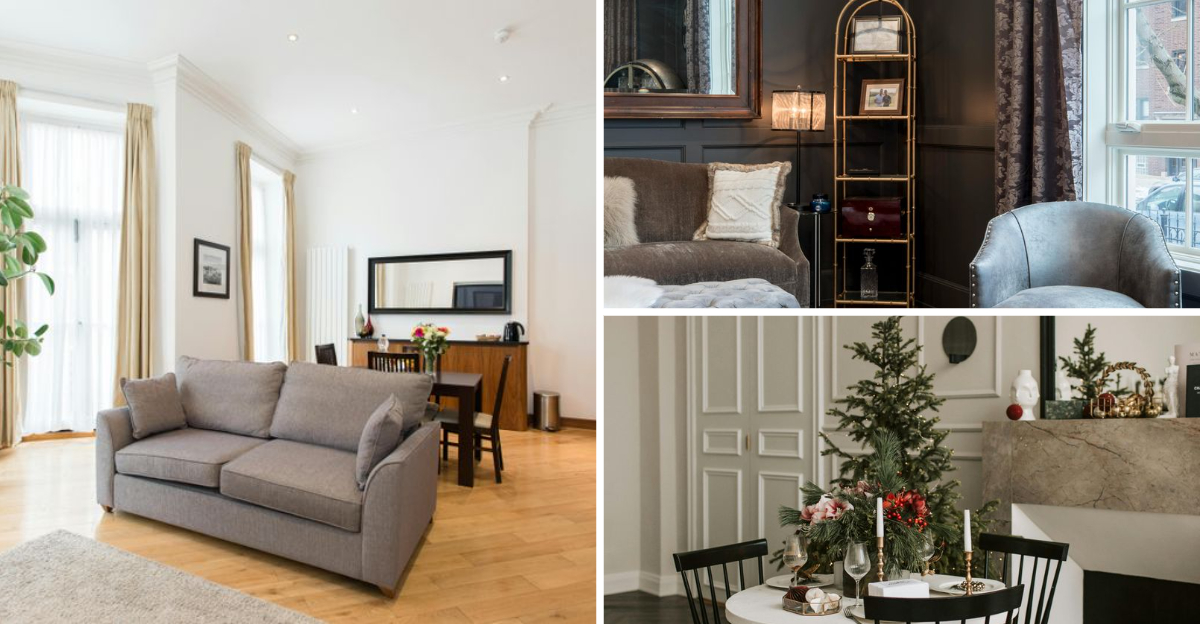
Deciding between minimalist and maximalist decor goes beyond aesthetics it’s about creating a home that resonates with how you live.
Minimalism focuses on simplicity, open space, and intentional choices, while maximalism celebrates layered textures, bold colors, and personal storytelling.
Understanding your lifestyle, habits, and emotional connection to your surroundings can help you choose the style that makes your home feel truly yours.
1. Assess How Much You Value Open Space vs. Filled Space
Walking into a room and feeling either relief or emptiness at the sight of open space tells you volumes about your decorating preferences. Minimalists typically feel suffocated when surrounded by too many objects, craving the visual breathing room that sparse furnishings provide.
Maximalists, however, often feel uncomfortable or bored in empty spaces. They’re energized by collections, artwork, and multiple textures sharing the same visual field.
Try this simple test: look at photos of both styles and notice your immediate gut reaction. If sparse rooms make you feel peaceful rather than cold, you’re leaning minimalist. If decorated-to-the-max spaces feel cozy rather than chaotic, maximalism might be your calling.
2. Consider Your Daily Cleaning and Maintenance Habits
Your cleaning routines reveal more about your ideal decor style than you might realize. Minimalism demands less dusting, fewer surfaces to wipe down, and generally quicker cleaning sessions perfect if you value efficiency or dislike household chores.
Maximalist spaces require more regular maintenance with numerous objects to dust, rearrange, and care for. This isn’t necessarily a drawback if you enjoy puttering around your home, adjusting displays and caring for collections.
Honestly assess whether you’d rather spend Saturday mornings quickly wiping down a few surfaces before heading out, or if you actually enjoy the meditative process of carefully dusting your collection of vintage figurines. Your cleaning preferences offer clear guidance toward your natural decor alignment.
3. Evaluate Your Existing Furniture and Accessories
Look around your current space what naturally accumulates? Minimalist tendencies show up as carefully curated items where each piece serves a purpose and has visual impact. You might already prefer furniture with clean lines and find yourself regularly purging unnecessary items.
Maximalist leanings appear as collections that grow organically: books stacked everywhere, walls filling with art, surfaces accumulating treasured objects. You probably struggle to part with meaningful items and enjoy the stories behind your possessions.
If your instinct when receiving gifts or finding something beautiful is “where will I put this?” you’re thinking like a minimalist. If instead you think “this would look perfect next to my other treasures,” your heart beats to a maximalist rhythm. Your current possessions reveal your natural inclinations.
4. Reflect on Your Personal Style Preferences
Fashion choices often mirror home decor preferences with surprising accuracy. People who gravitate toward capsule wardrobes with neutral colors and timeless pieces typically appreciate minimalist home aesthetics with their emphasis on quality over quantity.
Those who enjoy layered outfits, statement accessories, and mixing patterns or textures usually feel at home with maximalist decor. Your closet offers valuable clues about what visually satisfies you.
Check your social media saves too are you bookmarking sparse, architectural spaces or rooms bursting with color and personality? What catches your eye when browsing magazines or walking through stores? These unconscious preferences reveal your authentic style language far more accurately than what you think you should like.
5. Observe How Clutter Makes You Feel
Your emotional response to visual stimulation is perhaps the most telling indicator of your decor alignment. Pay attention to how you feel when entering a space with visible clutter does it trigger anxiety or does it feel comfortingly lived-in?
Minimalists often experience genuine stress when surrounded by too many visual elements. Their brains process environmental information differently, finding calm in simplified surroundings where each item has breathing room.
Maximalists typically find sparse environments underwhelming or even sterile. They’re energized rather than overwhelmed by multiple focal points and layers of interest. Next time you’re feeling particularly stressed or peaceful at home or visiting someone else’s space, take note of the visual environment it’s speaking volumes about what your brain naturally prefers.
6. Think About the Functionality You Need in Each Room
Functionality requirements offer practical guidance in your style decision. Minimalism excels at creating highly functional spaces where everything serves a purpose ideal for small apartments, busy households, or anyone who prioritizes efficiency.
Maximalism shines in spaces where atmosphere and personal expression take precedence, like formal living rooms or creative studios. Consider how you actually use each room in your home.
High-traffic areas might benefit from minimalist principles that reduce visual noise and create clear pathways. Conversely, spaces dedicated to relaxation or creativity might flourish with maximalist touches that stimulate imagination and create cozy atmospheres. Your home can incorporate both approaches in different zones minimalist kitchens for efficient cooking alongside maximalist living rooms for comfortable gathering.
7. Analyze Your Color Preferences: Neutrals or Bold Hues
Color choices reveal deep truths about your decor alignment. Minimalism typically embraces limited color palettes whites, grays, blacks, and natural tones creating calm, cohesive environments where form and texture take center stage.
Maximalism celebrates color psychology with bold hues, unexpected combinations, and the emotional impact of vivid tones. Your existing color preferences offer clear guidance.
Do you feel most at peace surrounded by neutral tones with perhaps one accent color? Or do you come alive in spaces where colors converse with each other, creating energy and interest? Neither approach is inherently better they simply reflect different ways our brains process visual information. Your natural color preferences aren’t just about aesthetics; they’re about how different environments affect your mood and energy levels.
8. Consider How Much Natural Light Your Home Receives
Natural light conditions significantly impact which decor style works best in your space. Minimalism thrives in light-filled rooms where clean lines and simple surfaces can reflect and amplify available sunlight, making spaces feel larger and airier.
Maximalism can transform challenging lighting situations by creating layers of artificial lighting and using reflective surfaces, rich colors, and textures to create warmth and interest even in darker spaces. Rooms facing north or with limited windows often benefit from maximalist approaches.
Instead of fighting your home’s natural light conditions, choose the style that works with them. A sun-drenched southern exposure might call for minimalism’s restraint to prevent visual overwhelm, while a basement apartment might come alive with maximalism’s ability to create atmosphere through layered lighting and rich visual elements.
9. Review How Often You Host Guests or Entertain
Your social habits provide practical guidance for your decor direction. Frequent entertainers might appreciate minimalism’s ability to accommodate extra people without visual crowding providing clear surfaces for food and drinks and creating uncluttered conversation areas.
Alternatively, those who host regularly might prefer maximalism’s instant conversation starters and ability to create memorable, atmospheric gatherings. Consider what kind of hosting you do most often.
Dinner parties might benefit from minimalism’s focus on functionality and clean surfaces, while cocktail parties or game nights might thrive in maximalist settings that stimulate conversation and create a festive mood. If you rarely entertain, your decision can focus entirely on what makes you comfortable day-to-day rather than occasionally accommodating others.
10. Examine Storage Needs and Solutions
Storage requirements often dictate which decor approach works best practically. Minimalism demands rigorous behind-the-scenes organization since fewer visible storage options means everything must have a designated hidden home.
Maximalism offers more flexibility with storage becoming part of the decor open shelving displays collections, decorative baskets hold necessities, and vintage furniture pieces serve as both storage and visual interest. Your actual belongings matter here.
If you own many books, hobby supplies, or collections, fighting against their existence with minimalism might create constant frustration. Instead, maximalist approaches can celebrate these possessions as part of your decor story. Conversely, if you own relatively few items beyond necessities, minimalism offers a serene framework that eliminates the pressure to fill spaces with objects you don’t naturally collect.
11. Reflect on Emotional Impact: Calm vs. Energized
Different decor styles create distinctly different emotional atmospheres. Minimalism typically generates feelings of calm, order, and mental clarity ideal if you find the outside world overstimulating or if home represents a peaceful sanctuary from busy work environments.
Maximalism often creates energy, creativity, and joy through visual stimulation and personal expression. This approach works beautifully for those who find too much simplicity understimulating or even depressing.
Consider what emotional state you most need to cultivate at home. Do you need a calm counterbalance to a high-stress job or busy family life? Or do you need energizing surroundings to inspire creativity and lift your spirits? Your emotional needs should guide your decor choices more than any current trend or social media influence.
12. Test With One Room Before Committing Whole-Home
Experimenting with a single room offers practical insight without overwhelming commitment. Choose a contained space like a guest bedroom, home office, or powder room to test your comfort level with either minimalist or maximalist principles.
Live with this test room for at least a month, paying attention to how you feel when spending time there and whether you find yourself wanting to add or remove elements. Your natural adjustments reveal your authentic preferences.
This experimental approach prevents costly mistakes and allows you to refine your personal interpretation of either style. You might discover you prefer minimalism with warm textures rather than stark modernism, or maximalism with a cohesive color scheme rather than unlimited variety. Testing helps you develop your unique version of these broad style categories.
13. Consider Flexibility for Seasonal or Rotating Decor
Your desire for change and variety impacts which decor approach will satisfy long-term. Minimalism creates a timeless foundation that requires less frequent updating, perfect if you prefer consistency or dislike regular redecorating.
Maximalism naturally accommodates seasonal rotations and evolving collections. Holiday decorations, rotating art displays, and changing tablescapes fit seamlessly into maximalist frameworks where change is part of the design philosophy.
If you enjoy refreshing your space regularly swapping throw pillows seasonally or creating holiday displays maximalism’s flexibility might bring more satisfaction. If instead you find frequent changes disruptive or unnecessary expenses, minimalism’s “invest once in quality pieces” approach might align better with both your aesthetic and financial values.
14. Analyze Budget: Cost of Accumulating Pieces vs. Minimal Investment
Financial considerations play a practical role in style decisions. Minimalism typically requires higher initial investment in fewer, higher-quality pieces that stand alone visually and functionally. The long-term cost may be lower as these pieces often last longer and rarely need replacing.
Maximalism can start with lower individual item costs, building collections gradually through thrifting, inheritance, and gradual accumulation. However, the ongoing nature of collecting means costs continue over time.
Your budget approach matters here. Do you prefer saving for significant purchases occasionally, or do you enjoy the regular thrill of finding smaller treasures more frequently? Neither approach is inherently more expensive they simply distribute costs differently. Consider both your financial resources and your shopping preferences when determining which style better matches your lifestyle.
15. Evaluate Longevity: Which Style Feels Timeless to You
Personal style longevity matters more than fleeting trends. Some people naturally gravitate toward the same aesthetic for decades, while others enjoy regular reinvention. Minimalism often appeals to those who prefer establishing a timeless foundation that rarely needs updating.
Maximalism typically satisfies those who enjoy evolution and visual storytelling that changes over time. Your history with previous homes offers valuable clues.
Have you maintained similar decor approaches throughout your adult life, or do you enjoy periodic complete overhauls? If consistency brings you satisfaction, minimalism might offer the timeless quality you value. If you find yourself regularly craving change and new visual stimulation, maximalism’s adaptability might better suit your natural rhythm. Remember that neither approach is inherently more “timeless” what matters is what feels enduringly right to you.


